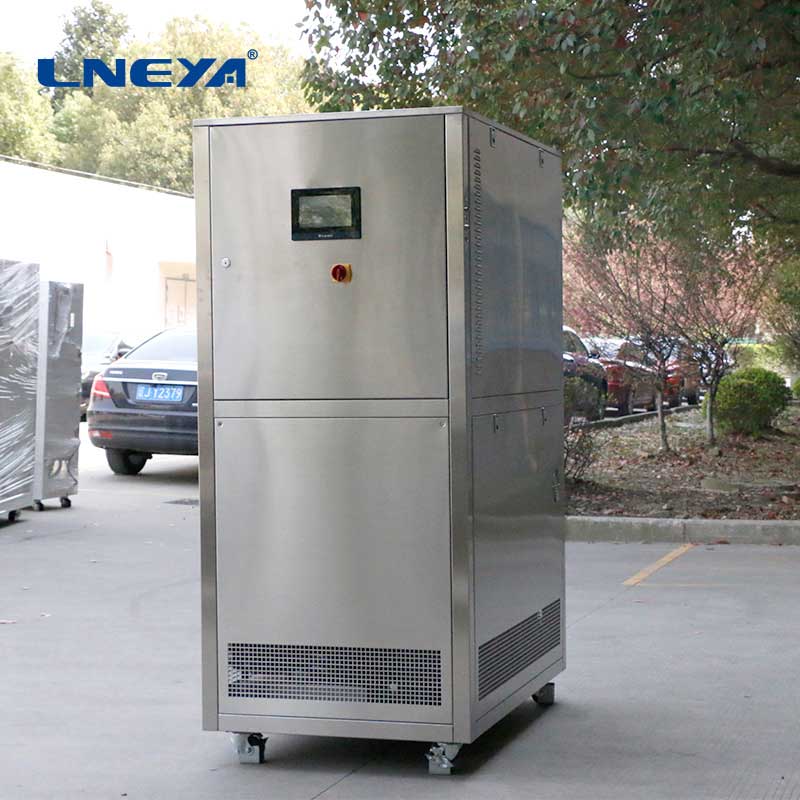types of water cooled chillers
Types of Water-Cooled Chillers
Water-cooled chillers are categorized based on the type of compressor and the refrigeration cycle they use:
Centrifugal Chillers: Known for their high capacity and efficiency at full load. They use a centrifugal compressor to handle large cooling loads and are suitable for applications like commercial buildings and large industrial processes.

Screw Chillers: These chillers use two rotating screws to compress the refrigerant, offering reliable performance and ease of maintenance. They are often used in medium to large-scale applications.
Absorption Chillers: Instead of a mechanical compressor, absorption chillers use a heat source to drive the refrigeration cycle, making them more energy-efficient and environmentally friendly. They are used in applications where waste heat or low-grade heat is available.
Reciprocating Chillers: These chillers use a piston to compress the refrigerant and are available in various sizes. They are suitable for applications requiring precise temperature control.
Scroll Chillers: Known for their quiet operation and energy efficiency, scroll chillers use two spiral plates to compress the refrigerant. They are ideal for applications where space is limited.

Applications of Water-Cooled Chillers
Water-cooled chillers are used in a wide range of applications:
Commercial Buildings: For air conditioning and maintaining comfortable indoor environments.
Industrial Processes: In manufacturing and processing facilities where precise temperature control is required.
Data Centers: To maintain optimal temperatures for servers and IT equipment.
Healthcare Facilities: For critical temperature-sensitive environments like laboratories and operating rooms.
Selecting a Water-Cooled Chiller
When selecting a water-cooled chiller, consider factors such as:
Cooling Capacity: Ensure the chiller can meet the required cooling demand.
Energy Efficiency: Look for chillers with high EER or COP ratings.
Refrigerant Type: Choose environmentally friendly options with low GWP.
System Integration: Consider how the chiller will integrate with existing systems.
Supplier Reputation: Choose a reputable supplier with a history of reliable products and good after-sales service.
Energy Efficiency and Environmental Impact

Water-cooled chillers are designed to be energy-efficient, with many models using environmentally friendly refrigerants. The use of advanced compressors, smart controls, and optimized heat transfer surfaces contributes to their high energy efficiency. Manufacturers are also developing chillers that use low global warming potential (GWP) refrigerants to reduce the environmental impact.
Market Trends and Technological Advancements
The global water-cooled chillers market is growing due to increasing demand for efficient cooling solutions. Technological advancements, such as IoT integration and variable-speed drives, are making chillers more energy-efficient and easier to monitor and maintain. The market is also driven by a focus on energy efficiency and sustainability, with initiatives promoting green buildings and eco-friendly technologies.
Conclusion
Water-cooled chillers offer a range of options for various cooling needs, from large commercial buildings to industrial processes. Their high efficiency and reliability make them a popular choice in many sectors. As technology continues to advance, water-cooled chillers are becoming more energy-efficient and environmentally friendly, meeting the growing demand for sustainable cooling solutions.
Related recommendations
process chilled water system
367Process Chilled Water System: A Comprehensive GuideIn the realm of industrial and commercial operations, maintaining optimal temperatures for various processes is often essential for efficiency, ...
View detailsindustrial water heater electric
835The Operation and Importance of Industrial Water Heater Electric Industrial water heater electric systems are designed to provide a reliable and efficient source of hot water for a variety of i...
View detailsportable water chiller
307Types of Portable Water Chillers and Their Working PrinciplesAir - Cooled Portable Water Chillers Working Principle: Air - cooled portable water chillers utilize air as the medium for hea...
View detailswater bath with thermostat
288Introduction A water bath with a thermostat is a device designed to maintain a constant temperature within a water - filled chamber. It is widely used in various fields, from scientific resear...
View details
 LNEYA Chiller
LNEYA Chiller






HelloPlease log in